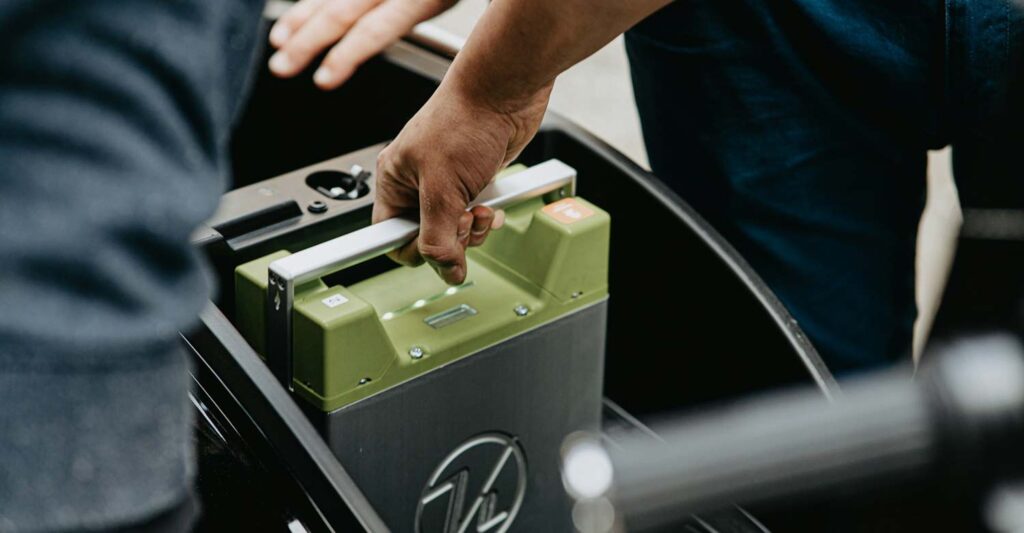A car battery is the heart of your vehicle’s electrical system, but when corrosion takes over, things can go wrong quickly. Understanding the risks of jump-starting a corroded battery can save you from damage, injury, or a much larger repair bill than you expected.
Why Does Battery Corrosion Happen?
Battery corrosion usually forms when gases from the battery acid escape and react with the metals on the terminals. Over time, the acid builds up a crusty white, blue, or green substance around the posts. Extreme temperatures, battery leaks, and aging can speed up the corrosion process. Once it forms, it can cause serious problems with how the battery functions. Corrosion interrupts the flow of electricity from the battery to your vehicle’s systems, causing a variety of issues.
Corrosion on your battery terminals can lead to increased resistance in the electrical system, which affects everything from your car’s ability to start to how efficiently it runs.
Risks of Jump-Starting a Corroded Battery
Jump-starting a corroded battery is risky. Corroded terminals can prevent a good connection between your jumper cables and the battery, making the process difficult and sometimes dangerous. If you attempt to jump-start a corroded battery, you might not only fail to start the vehicle, but you could also:
- Cause Electrical Damage: A poor connection due to corrosion can lead to electrical surges, damaging sensitive components like the alternator or onboard computer. Electrical systems in modern cars are designed to operate within specific voltage ranges, and any sudden spikes can damage delicate circuits.
- Battery Explosion Risk: Corrosion can indicate that your battery is leaking, which could cause dangerous gases to build up. If there’s a spark during the jump-start process, these gases can ignite. This isn’t common, but it’s a real risk. There have been multiple recorded cases of batteries exploding due to a combination of corrosion and improper jump-starting.
- Damage to Cables and Jumper Leads: Corroded terminals may melt or overheat jumper cables, especially if the corrosion interferes with the connection and causes the cables to overheat. Poor contact at the battery terminals can lead to excessive heat generation, increasing the risk of damage to the jump cables themselves.
How to Safely Jump-Start a Corroded Battery
If you still need to jump-start a corroded battery, taking precautions is crucial. First, clean the corrosion off the terminals using a battery terminal cleaner or a homemade solution of baking soda and water. Disconnect the cables and scrub off any residue using a wire brush.
Ensure that all metal parts are dry before you reconnect the battery. Wear gloves and protective eyewear to avoid contact with the battery acid, as it can be harmful to skin and eyes.
After cleaning, double-check if the battery is still healthy enough to hold a charge. If the corrosion has been severe or if the battery is old (generally more than three to five years old), it’s probably best to replace it instead of trying to jump-start it. Modern cars rely heavily on healthy batteries, and pushing a corroded or damaged one might only cost you more money in repairs down the line.
Alternatives to Jump-Starting a Corroded Battery
If the battery appears to be heavily corroded, or if you’re unsure of its condition, experts recommend avoiding a jump-start altogether. Instead, consider these alternatives:
- Replace the Battery: If there is visible leakage or severe corrosion, replacing the battery is the safest course of action. A new battery is a small investment compared to the cost of repairing the electrical system if things go wrong during a jump-start.
- Call for Professional Assistance: Many roadside assistance services can help you determine if your battery is too corroded for a jump-start. They often have the right tools to clean the terminals or replace the battery on-site.
- Battery Chargers: Instead of jumping the battery, consider using a trickle charger to slowly recharge it, reducing the risk of any surges or sparks.
Long-Term Effects of Battery Corrosion
Regular exposure to corrosion weakens your battery over time. Once corrosion starts, it can spread inside the battery, impacting the internal components. If left untreated, it can lead to a complete battery failure or, worse, a situation where the battery can no longer hold a charge. Vehicles with corroded batteries tend to experience more frequent electrical issues, such as dim headlights, faulty alternators, or flickering dashboard lights.
Preventing Battery Corrosion
Taking care of your car battery can save you time and money. Clean your terminals every six months or whenever you notice signs of corrosion. Applying petroleum jelly or specialized terminal protectants can help prevent future corrosion.
For cars parked in hot or cold climates, pay attention to the battery more frequently, as extreme temperatures tend to accelerate corrosion. Replacing your battery every 3-5 years is another way to reduce the likelihood of jump-starting a corroded battery.
Conclusion
In short, while jump-starting a corroded battery might seem like a quick fix, it could lead to bigger problems. From the risk of electrical damage to the possibility of an explosion, you need to be cautious. Clean the terminals before attempting to jump-start, or better yet, replace the battery if it’s heavily corroded. It’s always better to spend a bit more upfront than to face costly repairs later.

